Gadgets And Technology Daily News | 28 May 2023

Views (149)
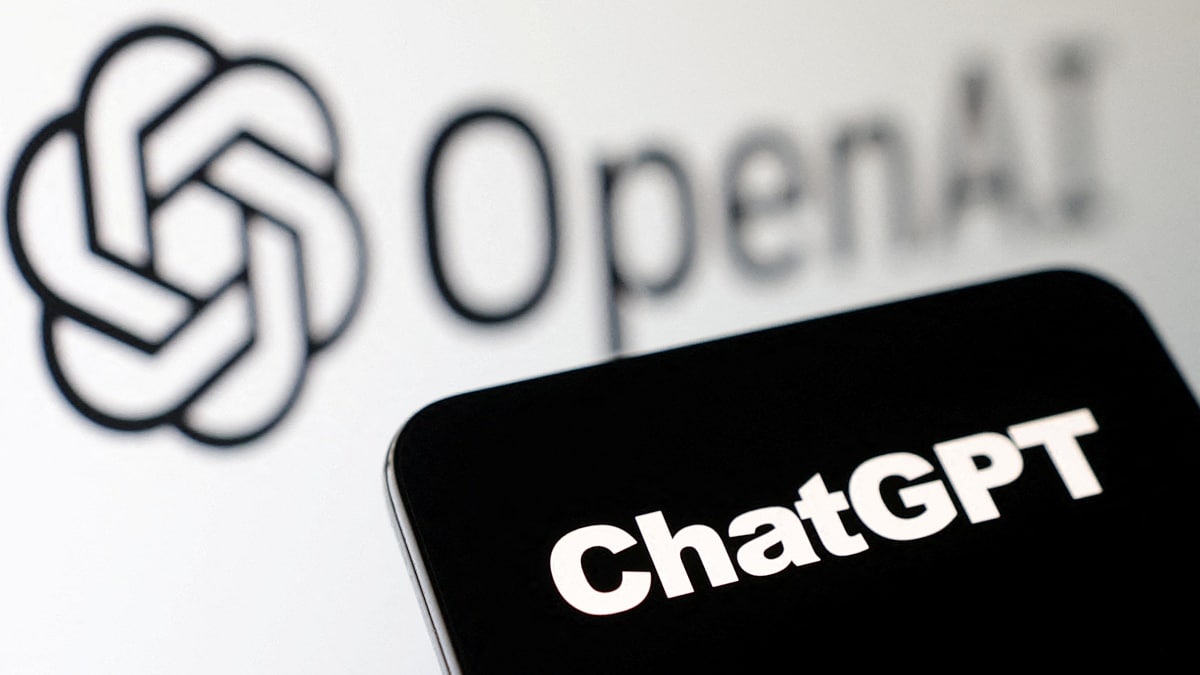
Microsoft Challenges UK Regulator's Decision to Block $69 Billion Takeover of Call of Duty Maker Activision
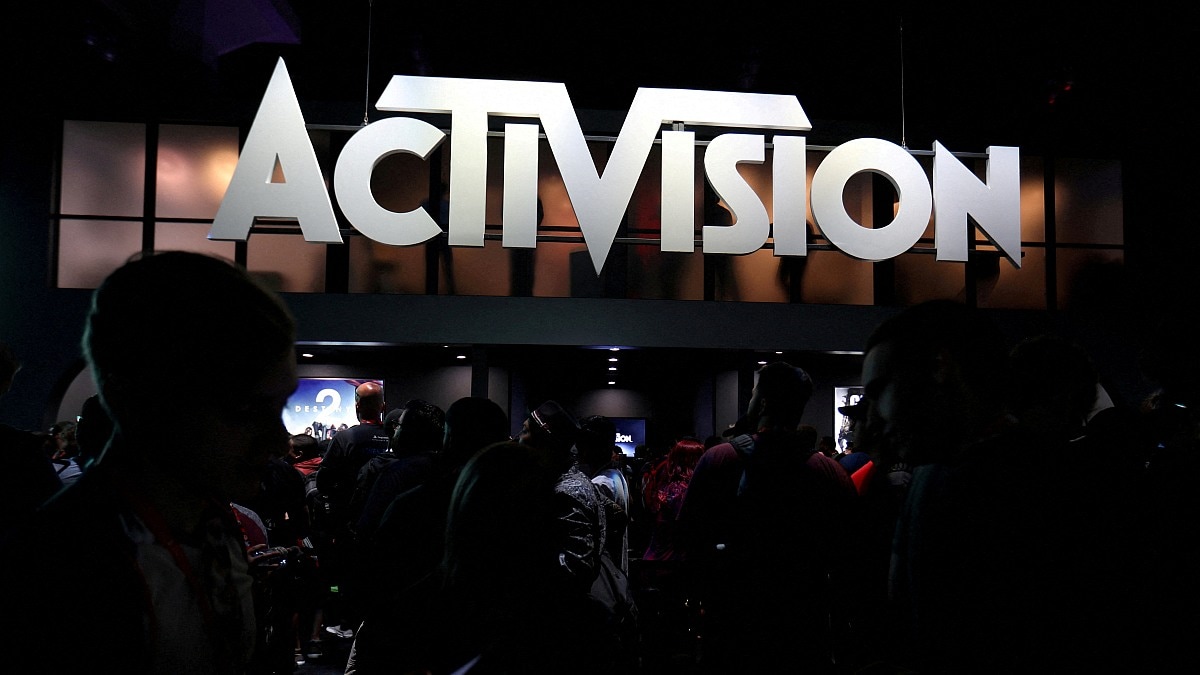
Microsoft is challenging Britain's decision to block its $69 billion takeover of Call of Duty maker Activision Blizzard on the grounds of "fundamental errors" in the assessment of Microsoft's cloud gaming services.
Britain's anti-trust regulator, the Competition and Markets Authority (CMA), vetoed the deal in April, saying it could hurt competition in the nascent cloud gaming market.
Microsoft confirmed on Wednesday it had filed an appeal against the ruling to the Competition Appeal Tribunal (CAT), and a summary of its arguments was published on Friday.
It said the CMA's conclusion that the deal would lead to a substantial lessening of competition in the United Kingdom's cloud gaming market was wrong, according to the summary.
The CMA "made fundamental errors in its calculation and assessment of market share data for cloud gaming services", Microsoft will say at the Competition Appeal Tribunal.
Microsoft set out five grounds for appeal in total.
The CMA's shock decision to block the biggest ever deal in gaming drew a furious response from both companies.
Last week, Microsoft evaded a potential early legal obstacle in its $69 billion (nearly Rs. 5,71,730 crore) deal to acquire Call of Duty video game maker Activision Blizzard, when a US judge refused to allow gamers in a private suit to preliminarily block the acquisition.
The private plaintiffs sued Microsoft in California federal court in December to enjoin the deal, which they called harmful to competition.
US District Judge Jacqueline Scott Corley in San Francisco federal court said in a ruling issued late on Friday night that the video gamers had not shown they would be "irreparably harmed" if the merger were allowed to proceed before she rules on the merits of their case.
© Thomson Reuters 2023
Twitter Exits Voluntary EU Disinformation Code but Obligations Remain, EU Commissioner Says
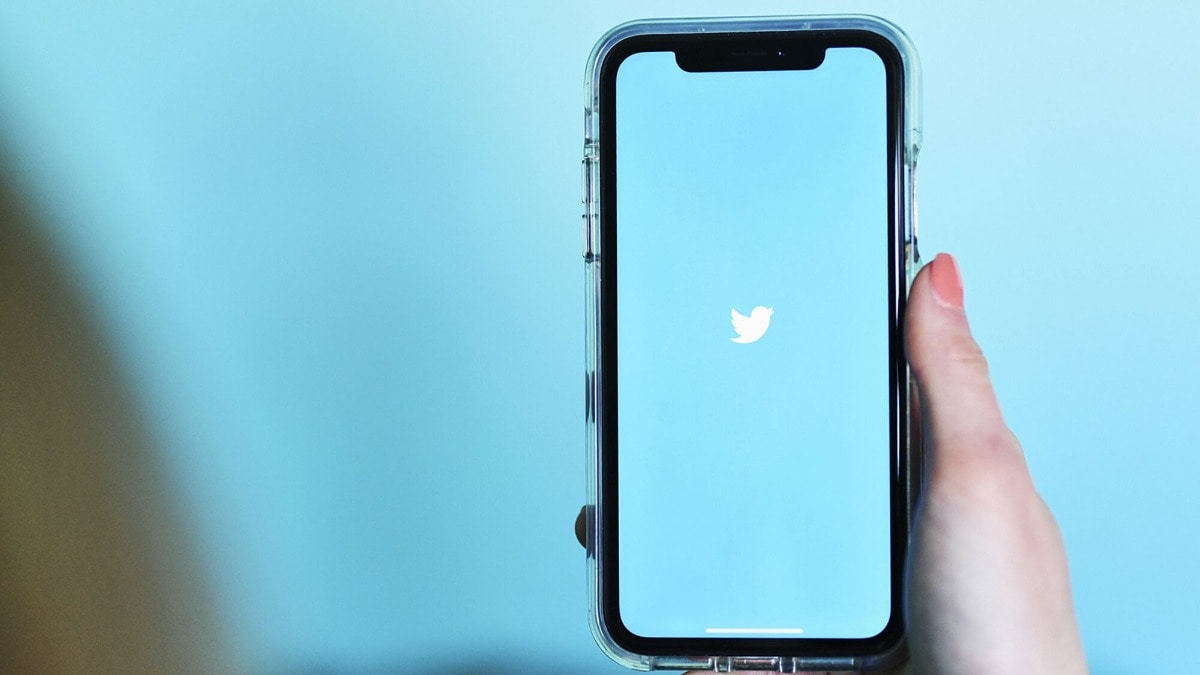
Twitter has decided to leave the EU's disinformation code, a voluntary pact that groups together the major social platforms, but "its obligations remain," EU Industry Commissioner Thierry Breton tweeted Saturday.
Launched in 2018, the EU's code of practice on disinformation counts nearly three dozen signatories including the giants in the sector such as Meta, Google, Twitter, Microsoft and TikTok.
Twitter leaves EU voluntary Code of Practice against disinformation.But obligations remain. You can run but you can't hide.Beyond voluntary commitments, fighting disinformation will be legal obligation under #DSA as of August 25.Our teams will be ready for enforcement.
It also covers smaller platforms, as well as advertisers and fact-checkers and non-governmental organisations.
The code was written by the industry players themselves and contains over three dozen pledges such as better cooperation with fact-checkers and not promoting actors distributing disinformation.
"You can run but you can't hide. Beyond voluntary commitments, fighting disinformation will be legal obligation under DSA (digital services law) as of August 25," he wrote.
"Our teams will be ready for enforcement," he warned.
Since buying the social network six months ago, billionaire Elon Musk has relaxed the moderation of problematic content, which appears to have amplified the voices of notorious propagators of disinformation on the platform.
"If (Elon Musk) doesn't take the code seriously, then it's better that he quits," a European Commission official had told AFP on Friday.
WhatsApp Begins Beta Testing Screen Sharing Feature for Video Calls: How It Works
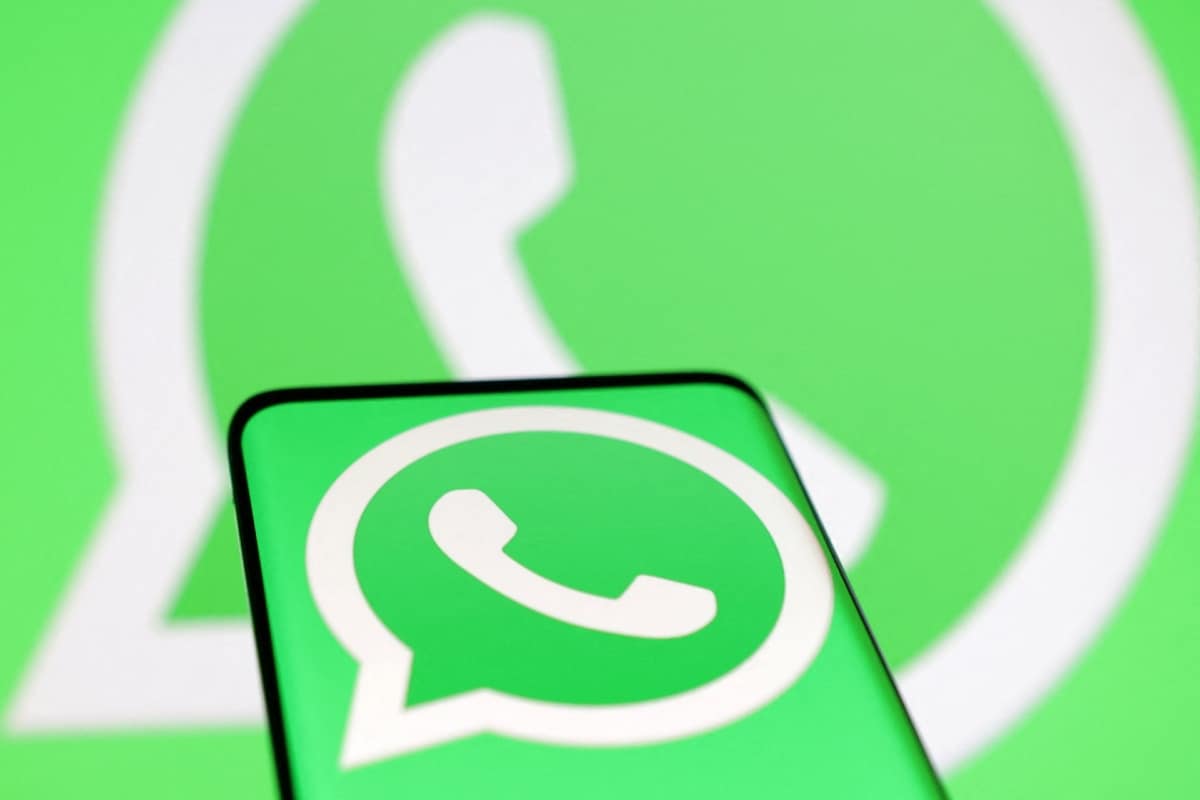
WhatsApp is rolling out a screen sharing feature to testers on the latest beta version of the app for Android. Users who are on a video call will be able to tap a button to show the contents of their screen to other participants on the call. Screen sharing is a feature that is also offered on apps like Zoom, Google Meet, Microsoft Teams, and Skype. Users who are running the stable version of WhatsApp can expect to see the feature roll out to their devices at a later date.
Spotted by WhatsApp feature tracker WABetaInfo on version 2.23.11.19 of WhatsApp beta for Android, the screen sharing feature is denoted by an icon of an arrow atop a rectangular screen. Tapping it will display the standard Android recording/ casting popup asking you for consent, according to screenshots shared by the feature tracker. You will then see a message informing them that screen sharing has begun.
Screen sharing on WhatsApp for AndroidPhoto Credit: WABetaInfo
After tapping the Start now button displayed by Google to warn you of the risks of sharing your screen, you can show the contents of your screen to another participant. This feature can come in handy in some situations — such as providing your relatives or friends with some technical assistance on their smartphone remotely. You can tap the red Stop sharing when the process is completed.
Just like other communication apps that offer the ability to share your screen, it is worth noting that the contents of your screen are continuously transmitted over an encrypted connection to other users on the call. This means that passwords entered, any visible payment information, photos, notes, and other media that appears on the screen will also be visible (and audible) to other participants on the call.
Gadgets 360 was unable to activate the screen sharing feature despite installing the latest app release from the Play Store beta channel. According to WABetaInfo, the feature has rolled out to some users on the beta channel and could arrive on more smartphones soon. However, it may not work on older versions of Android, or in large group calls, according to the feature tracker.
Redmi K60 Ultra Leaked Schematics Hint at Slim Bezels, Display With Hole Punch Cutout: Details
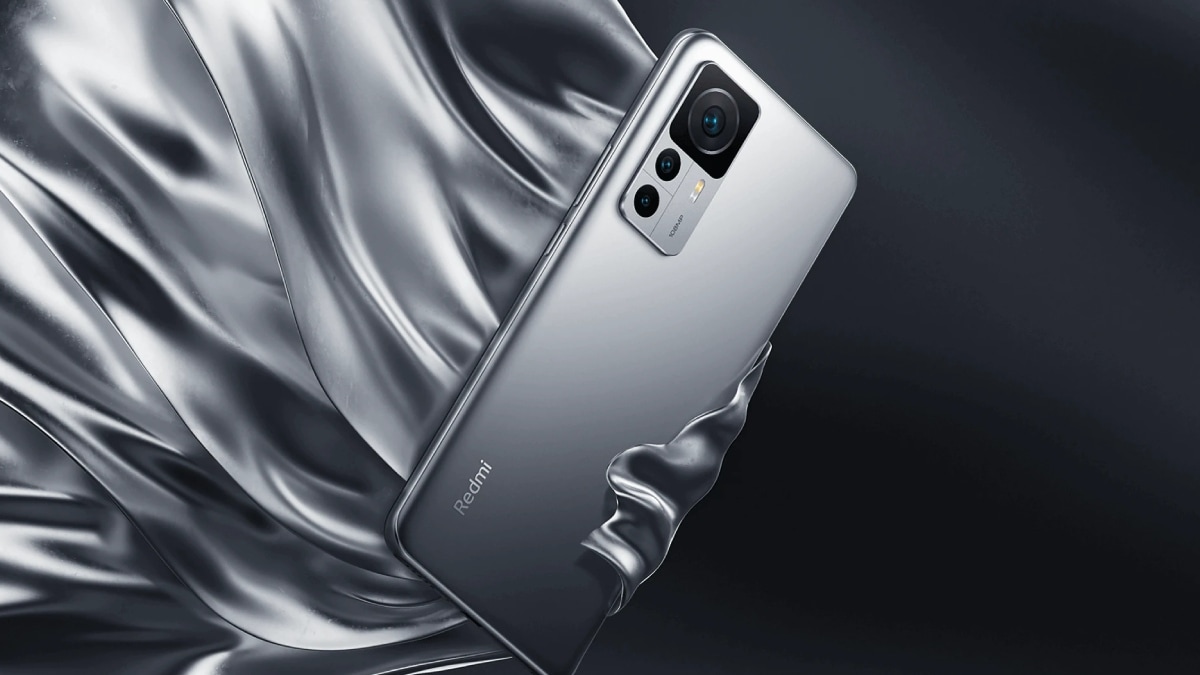
Redmi K50 Ultra with Qualcomm Snapdragon 8 Plus Gen 1 SoC was launched in China in August last year. The smartphone is yet to make its debut in other global markets including India, but rumours of a possible successor — Redmi K60 Ultra—have already started doing rounds on the Web. Most recently, the schematics of the Redmi K60 Ultra have leaked online, suggesting its design and specifications. The images hint at thin bezels, a rectangular-shaped camera module at the rear, and a hole punch cutout on the display. The Redmi K60 Ultra is expected to pack triple rear cameras. It could be powered by a MediaTek Dimensity 9200 SoC.
Tipster Digital Chat Station (translated from Chinese) posted schematics of the Redmi K60 Ultra on Weibo. It is shown to sport a centre-aligned hole punch cutout to house the selfie camera and feature thin bezels with a flat design. A rectangular-shaped camera module housing three sensors and an LED flash unit are shown to be located on the rear panel. The primary and secondary sensors are seen arranged in two large circular cutouts, while a small, third sensor is also visible.
The Redmi K60 Ultra was recently spotted on the IMEI database with model number 23078RKD5C. It is expected to debut in July this year. As per previous leaks, the handset will sport a 1.5K resolution display and could run on MediaTek's Dimensity 9200 SoC. It is said to feature a metal frame and could support 100W wired charging.
The Redmi K60 Ultra device is expected to bring upgrades over the Redmi K50 Ultra that was launched in August last year with a starting price tag of CNY 2,999 (roughly Rs. 35,400).
The Redmi K50 Ultra that was launched last year, sports a 6.7-inch OLED display with up to 120Hz refresh rate and is powered by a Qualcomm Snapdragon 8 Plus Gen 1 SoC. It is equipped with a triple rear camera setup, led by 108-megapixel primary camera. It is backed by a 5,000mAh battery with support for 120W wired charging.
BGMI Available to Download via Google Play Store, Will Be Playable Starting May 29: Details

BGMI — or Battlegrounds Mobile India — is now available to download via the Google Play store in India. The game, which was banned by the government of India last year, can be preloaded on Android smartphones before it is re-launched in India next week. Developer Krafton has confirmed that the game will be playable in India starting on May 29. The popular battle royale game has been granted a three-month "trial approval" in India, MoS IT Rajeev Chandrasekhar said earlier this month.
Krafton announced on Saturday that Battlegrounds Mobile India was available to preload via the Google Play store. While the game can be download — or updated, if it was previously installed — it won't playable until May 29, when the game is re--launched. Meanwhile, iOS users do not currently have the option to preload the game on their smartphones. Gadgets 360 was able to confirm that the game was available to download via the Play Store.
Earlier this month, Krafton confirmed that BGMI would soon be available in India, nearly a year after it was banned in July last year. The game quickly hit the 100 million user mark in the country a year after it was launched in 2021 as the successor to the popular PUBG Mobile — one of many apps and games that remain banned in the country.
The game was available to download for some Android users over the past week, but those who downloaded the game reported that it was not functional and the app displayed an error that the servers were not online. The game is also said to have made adjustments including the addition of restrictions on play time, while the colour of blood has been changed from red to blue or greed.
It is worth noting that BGMI has currently been granted a three-month "trial approval" to operate in the country, according to MoS IT Rajeev Chandrasekhar. Krafton has complied with issues of server locations and data security, and the government will keep a close watch on other issues like user harm and addiction over the next three months before a decision is taken, he added.
OpenAI CEO Sam Altman Says AI Won't Desstroy Job Market, Seeks to Calm Fears of AI Growth on Global Tour
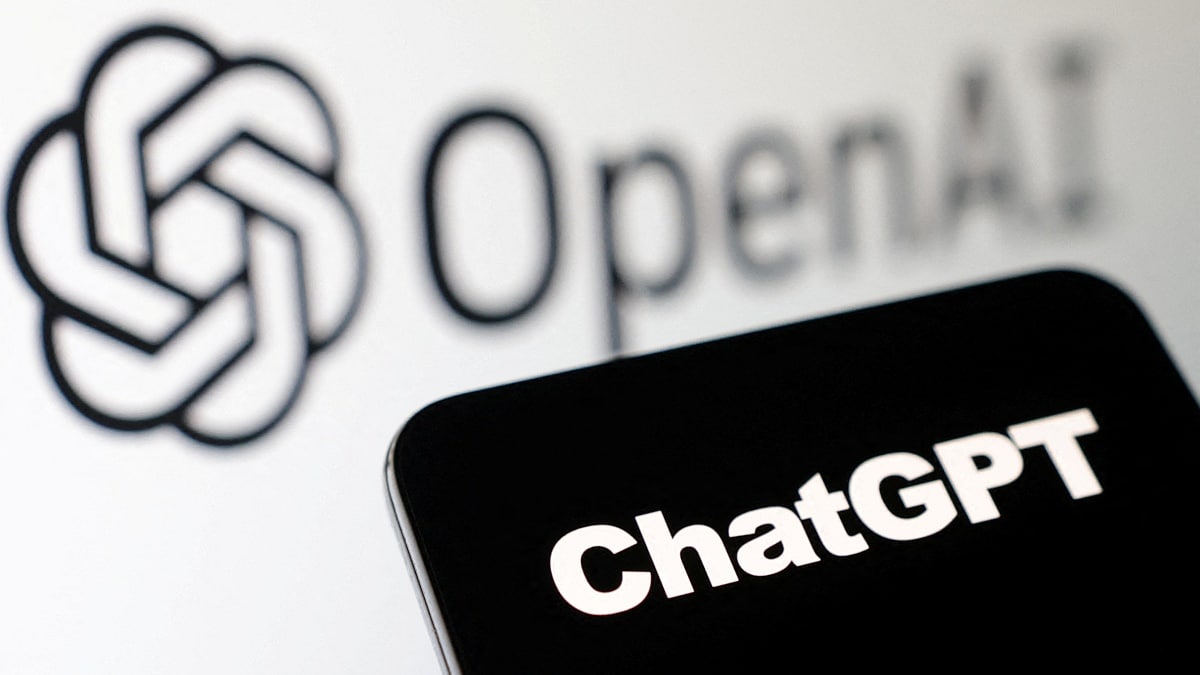
The boss of OpenAI, the firm behind the massively popular ChatGPT bot, said on Friday that his firm's technology would not destroy the job market as he sought to calm fears about the march of artificial intelligence (AI).
Sam Altman, on a global tour to charm national leaders and powerbrokers, said in Paris that AI would not — as some have warned — wipe out whole sectors of the workforce through automation.
"This idea that AI is going to progress to a point where humans don't have any work to do or don't have any purpose has never resonated with me," he said.
Asked about the media industry, where several outlets already use AI to generate stories, Altman said ChatGPT should instead be like giving a journalist 100 assistants to help them research and come up with ideas.
ChatGPT burst into the spotlight late last year, demonstrating an ability to generate essays, poems and conversations from the briefest of prompts.
Microsoft later laid out billions of dollars to support OpenAI and now uses the firm's technology in several of its products — sparking a race with Google, which has made a slew of similar announcements.
Altman, a 38-year-old emerging star of Silicon Valley, has received rapturous welcomes from leaders everywhere from Lagos to London.
Though earlier this week, he seemed to annoy the European Union by hinting that his firm could leave the bloc if they regulate too severely.
He insisted to a group of journalists on the sidelines of the Paris event that the headlines were not fair and he had no intention of leaving the bloc — rather, OpenAI was likely to open an office in Europe in the future.
Exhausting
The success of ChatGPT — which has been used by politicians to write speeches and proved itself capable of passing tough exams — has thrust Altman into a global spotlight.
"Years from now, reflecting on this will feel very special... but it is also quite exhausting and I hope life calms down," he said.
OpenAI was formed in 2015 with investors including Altman and billionaire Twitter owner Elon Musk, who left the firm in 2018 and has repeatedly bashed it in recent months.
Musk, who has his own AI ambitions, said he came up with the name OpenAI, invested $100 million in it, was betrayed when the company turned itself from non-profit to profit-making in 2018, and has said Microsoft now effectively runs the company.
"I disagree with almost all of that, but I will try to avoid a food fight here," said Altman. "There's got to be more important things than whatever he's going on about."
Instead, he wanted to focus on the mission of OpenAI, which he said was to "maximise the benefits" to society of AI and particularly Artificial General Intelligence (AGI) — the much-vaunted future where machines will master all sorts of tasks, not just one.
He conceded that definitions of AGI were "fuzzy" and there was no agreement, but said his definition was when machines could make major scientific breakthroughs.
"For me, if you can go figure out the fundamental theory of physics and answer it all, I'll call you AGI," he said.
A major criticism of his products is that the firm does not publish the sources it uses to train its models.
As well as copyright issues, critics argue that users should know who is responsible for answering their questions, and if those replies used material from offensive or racist webpages.
But Altman argued the bottom line was that critics wanted to know whether the models themselves were racist.
"How it does on a racial bias test is what matters there," he said, deflecting the idea that he should publish the sources.
He said the latest model, GPT-4, was "surprisingly non-biased".
0 Likes
